This post may contain affiliate links. As an Amazon Influencer, I earn from qualifying purchases.
When you know how to declutter and organize a refrigerator you'll save money, time and your sanity. Follow these steps to organize your fridge with food safety, preservation and efficiency in mind!
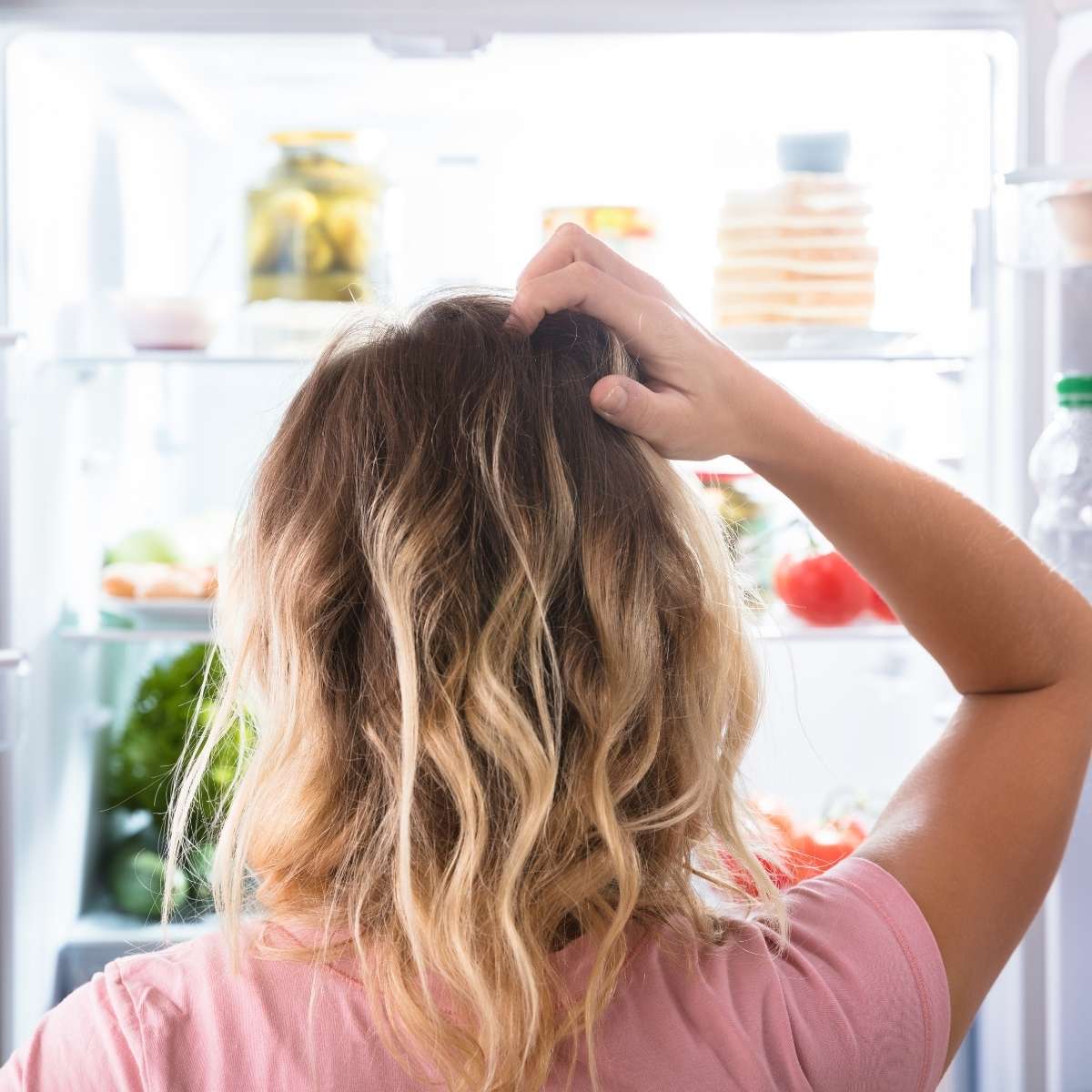
If you're working through our Healthy Kitchen Reset series, this is challenge number 3. It follows the same basic process used to organize spices and the pantry (i.e., remove, purge, assess, organize and systemize.) However, there are important new considerations since we are dealing with perishable items!
Every time you throw away food that's gone bad before you had a chance to use it, it's like throwing money in the garbage! Yikes! How's that for motivation to organize your refrigerator? It's a harsh lesson I learned when operating our meal assembly stores.
But, when you establish a system that everyone understands and can stick to, you'll also save money by:
- Maximizing the freshness and shelf life for refrigerated items.
- Quickly finding what you need so you don't unintentionally buy duplicate items.
- Enjoying your kitchen and cooking at home more!
1. Pull Everything Out
Pull everything out of the refrigerator and place the items in a cooler so they stay cold. Group similar items together, such as condiments, produce, lunch meats, dairy, etc.) If you absolutely can't tackle the process all at once, make sure you start with the top shelf and work your way down.
Now is the time to deep clean! Wipe the surfaces with disinfectant. Unlike the pantry, there's lots of opportunity for cross-contamination of raw food. You'll see in step #3 it really does matter where you store different types of food.
2. Toss Expired Ingredients
Throw away ingredients that are past their expiration date. As you go through the review of each item, circle the date or re-write it so it's easy to find next time.
If you're not sure if something is safe to eat, you may find this Cold Food Storage Chart by the FDA helpful. Remember: if in doubt, throw it out! That's the safest thing to do.
Now is also the perfect time to critically think about the types of ingredients you're including in your diet. There's a good chance your inventory is smaller than normal at this point. Look at each group of items that you typically buy and determine if you want to make some changes.
3. Plan for Food Safety
Of course, you want to store items in the refrigerator so they're easy to access. But, that is not enough. You must consider the following guidelines to keep ingredients at the right temperature, to prevent spoilage, to minimize cross-contamination, and to maximize their shelf life.
Refrigerator Zones:
- Top Shelf - This area is generally warmer than the other spaces because of overhead lighting. It's perfect for leftovers, ready to eat items and drinks.
- Door(s) - Since these swing open, the shelves on the door are warmer too. Unless the refrigerator has a special feature to accommodate for this, don't store your milk there! Instead, keep condiments, salad dressings, butter and items that are less perishable in this space.
- Back of the Refrigerator - This is generally the coolest area and is best for items like, dairy, eggs and meats.
- Middle and Bottom Shelves - When it comes to choosing what types of items to store on the other shelves, you have to consider to what temperature you need to cook the items. For example, raw poultry must be cooked to 165 °F. It should always be stored on the very bottom shelf, below all other items. Store uncooked beef and seafood above raw chicken. That's not to say you can't store other things on the bottom shelf. If you do, make sure that uncooked chicken doesn't land on top of it.
- Humidity controlled drawers - Crisper drawers allow you to control the amount of moisture that enters and are generally used to store fruits and vegetables. When you close off the opening it prevents air from entering and makes the drawer more humid. If you leave the vent open, then the environment is less humid. These settings help you manage naturally-occurring ethylene gas that is emitted during fruit and vegetable ripening. Some produce emit a lot of gas and others are sensitive to it. Bottom line: don't mix up what you store in each area or your produce will spoil prematurely!
- The low humidity drawer (often labeled the fruit drawer) is best for produce that rots easily, like apples and stone fruit. These items are generally high ethylene gas producers.
- The high humidity drawer (often labelled the vegetable drawer) is best for ethylene gas sensitive items. Since the vent is closed off, ethylene gas won't be able to easily enter. Items that wilt, such as leafy greens, broccoli, cabbage, and cauliflower should go in this drawer. Keep strawberries here too!
Many refrigerators come with specialized areas, such as drawer for cold cuts. If so, take advantage of those designated spaces.
TIP: Create a zone for defrosting meats. Even if it's in a leak-proof plastic bag, put it in a specially designated container that will catch unanticipated leaks!
4. Organize for Efficiency
With the above safety considerations in mind, the next step is to put everything back so you can quickly and easily find what you're looking for. The goal is to have a designated zone for everything.
- Group like items together, such as leftovers, dairy items, condiments, drinks, etc.
- Use containers and bins to corral groupings.
- Label containers and zones so everyone knows the plan.
TIP: Create a "Use It or Lose It" list for things that are about to expire so you can plan to use them up ASAP. You can also create a refrigerated bin or space just for this purpose, so long as it complies with the safety guidelines provided above.
Space-Saving Storage Tips
The goal is to arrange your fridge so you don't have to move things around all the time to see what you have. Ideally, you should be able to see everything! Be sure to adjust shelf height to maximize space if you can.
Here are some storage accessories that may help:
- Pull Out Bins - The clear ones are ideal so you can see what's inside.
- Large Clear Stackable Storage Containers - You don't have to purchase fancy containers, check out what you currently have available.
- Stackable dispensers - perfect for cans!
- Lazy Susan Turn Table - they come in buckets too and are perfect for items that are at the back.
- Small Containers that Suction Cup to the inside of the refrigerator. For example, a small holder for soap is perfect for smaller items that might get lost, like small ketchup packs or cheese sticks.
Tips to Keep the Refrigerator Organized
You're not done! Follow these tips to keep your refrigerator organized, in stock and fresh year round.
- Circle or re-write the expiration date with a Sharpie when you're unpacking the groceries so you can quickly see the date.
- Rotate items so that new items are behind older ones (a.k.a. LIFO - last in first out!)
- Label everything and make sure everyone knows where to look and put things back.
- Line produce drawers with paper towels for easy clean-up
- Keep an ongoing shopping list that everyone uses to keep track of things that are running low. For example, keep a magnetic pad on the refrigerator door.
- Take stock of the refrigerator frequently. For example, do a quick check before you go to the grocery store, on trash day or seasonally. It won't take much time once it becomes a routine.
More Ways to Declutter and Organize
Join the conversation!
Leave a comment below with your tips and suggestions.



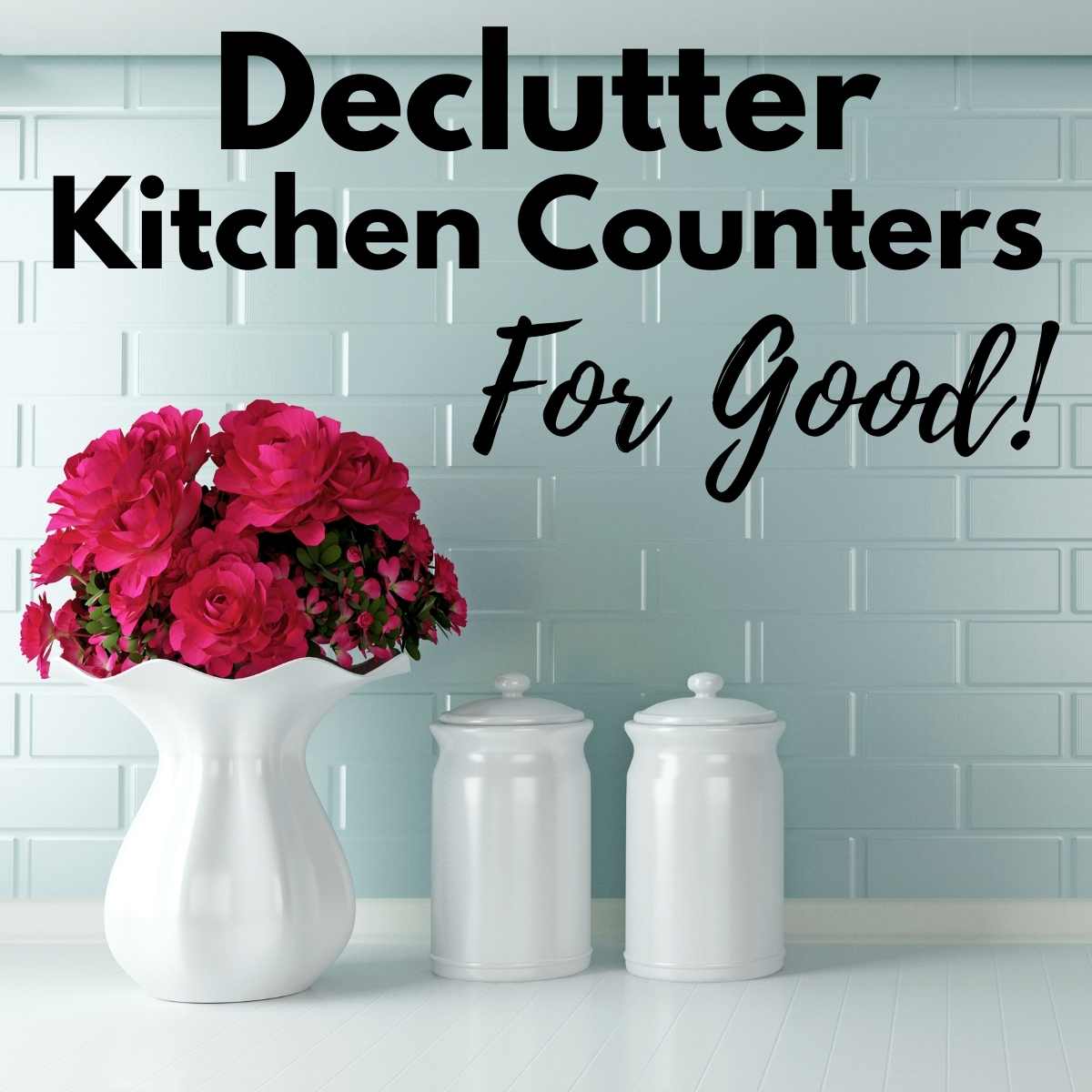
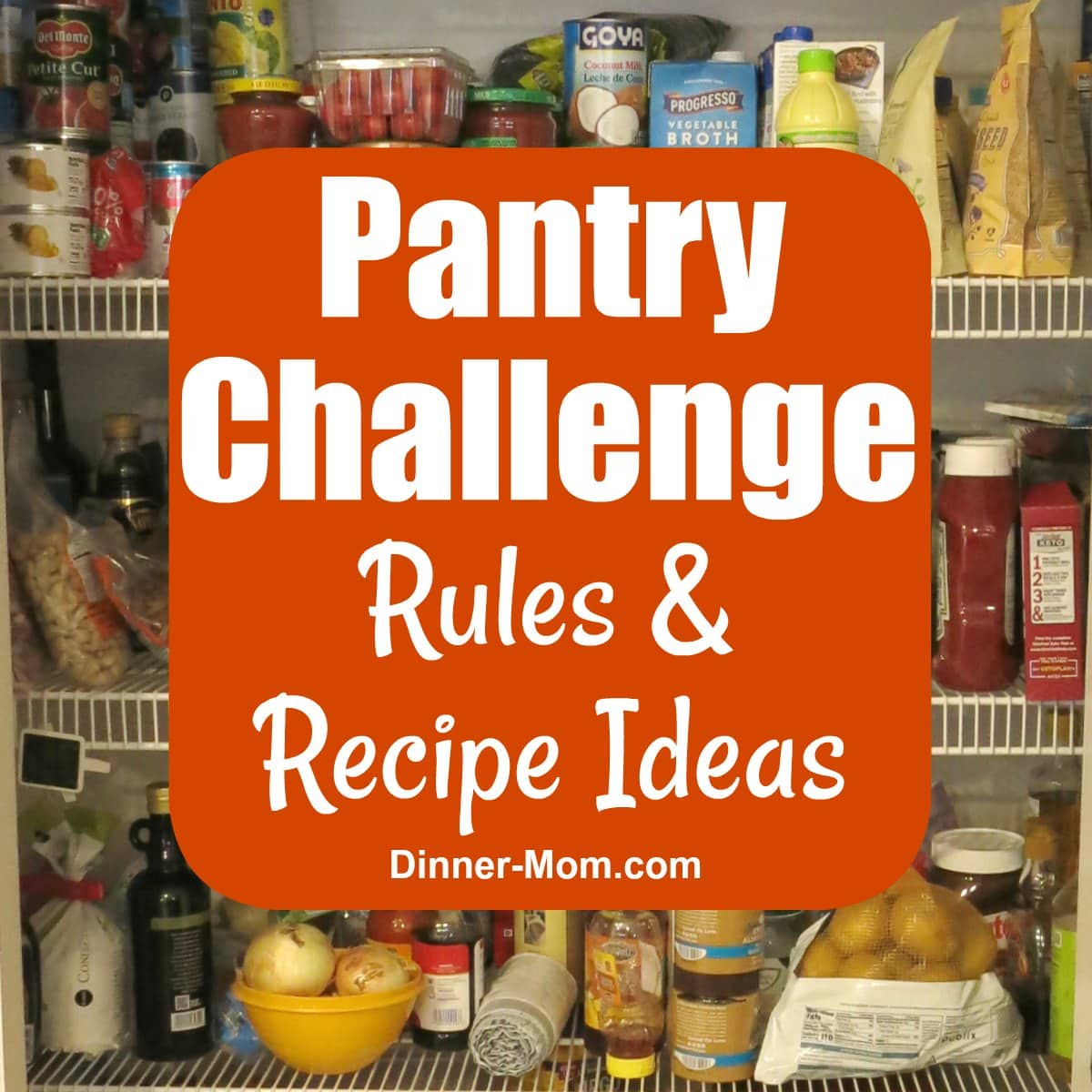
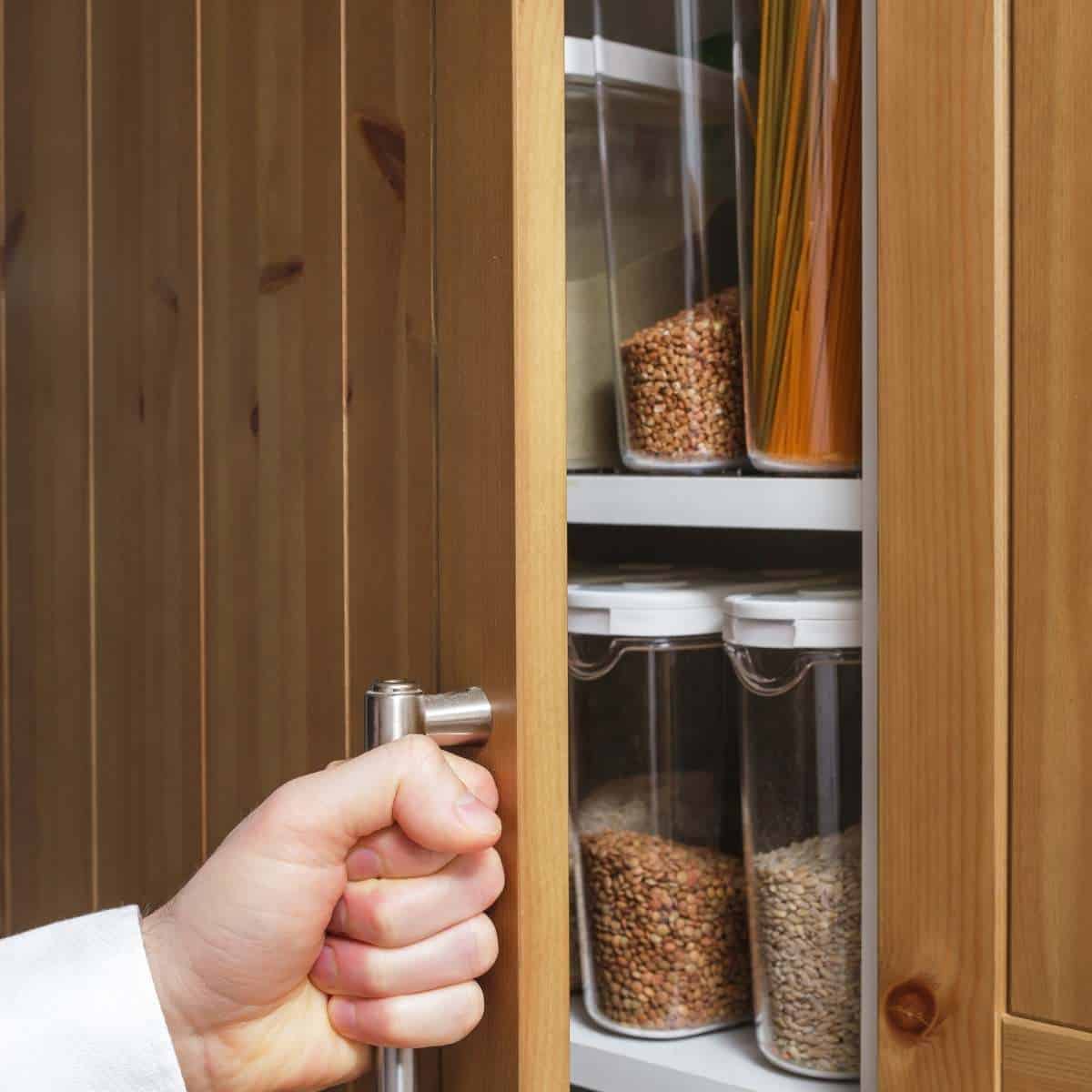
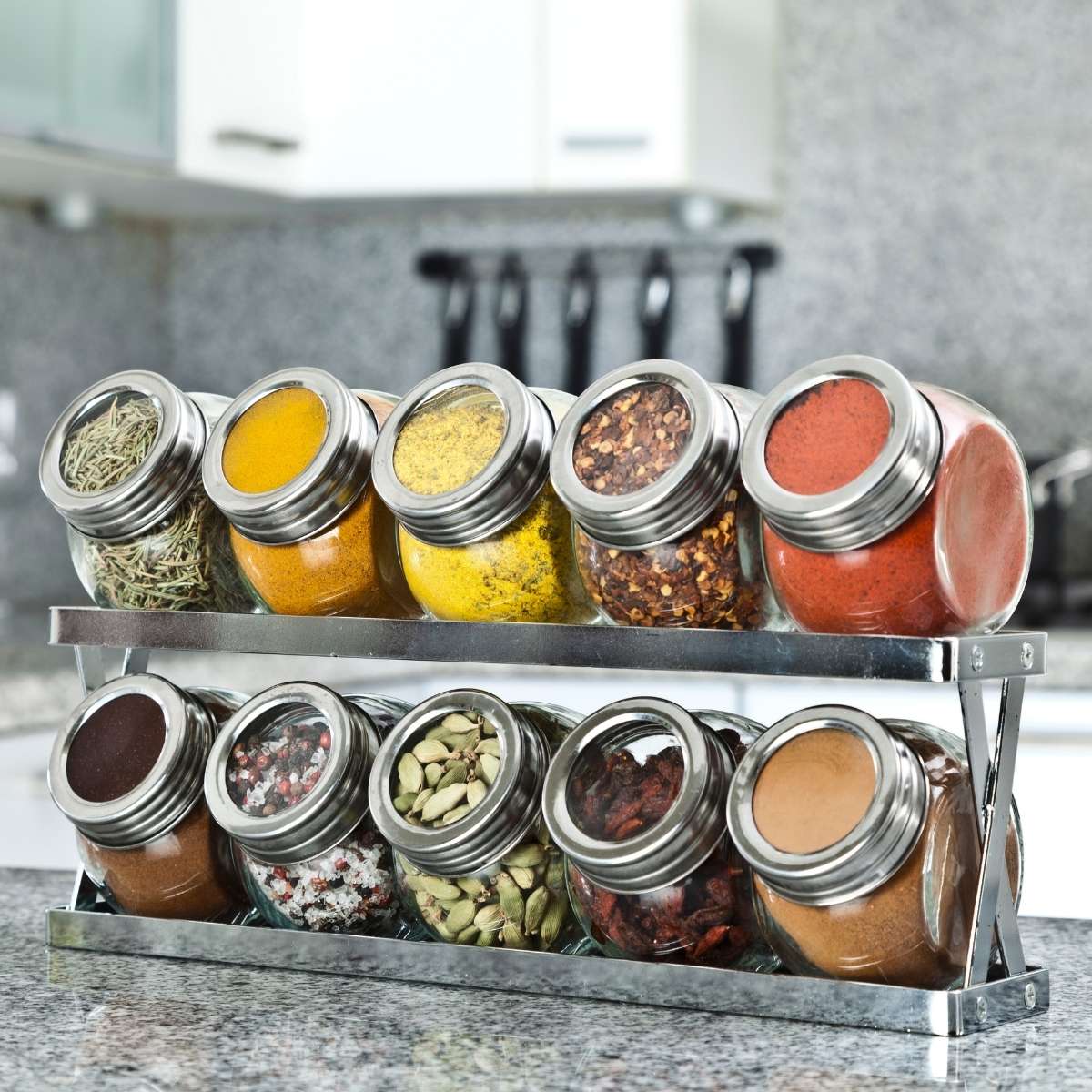
Leave a Comment